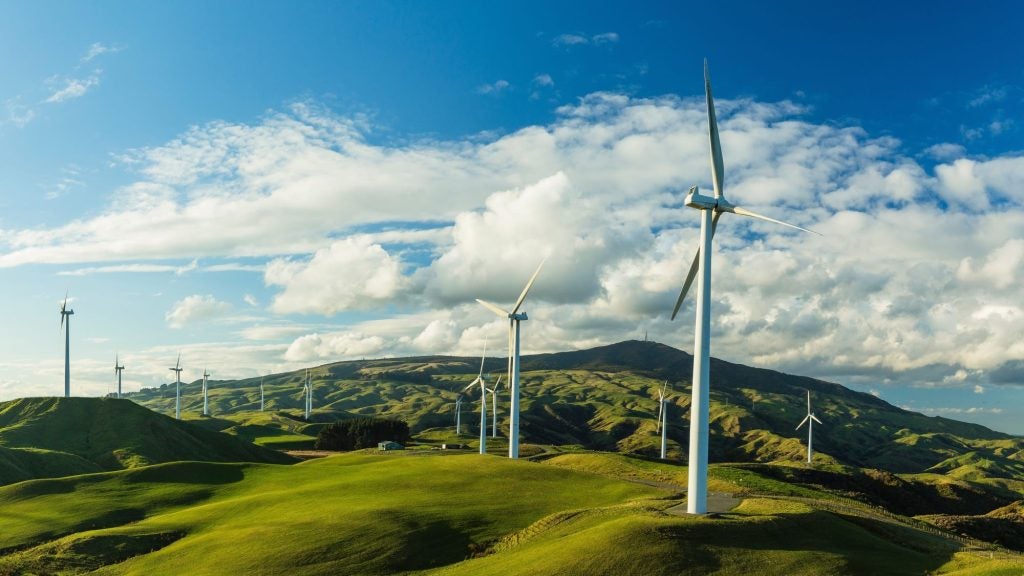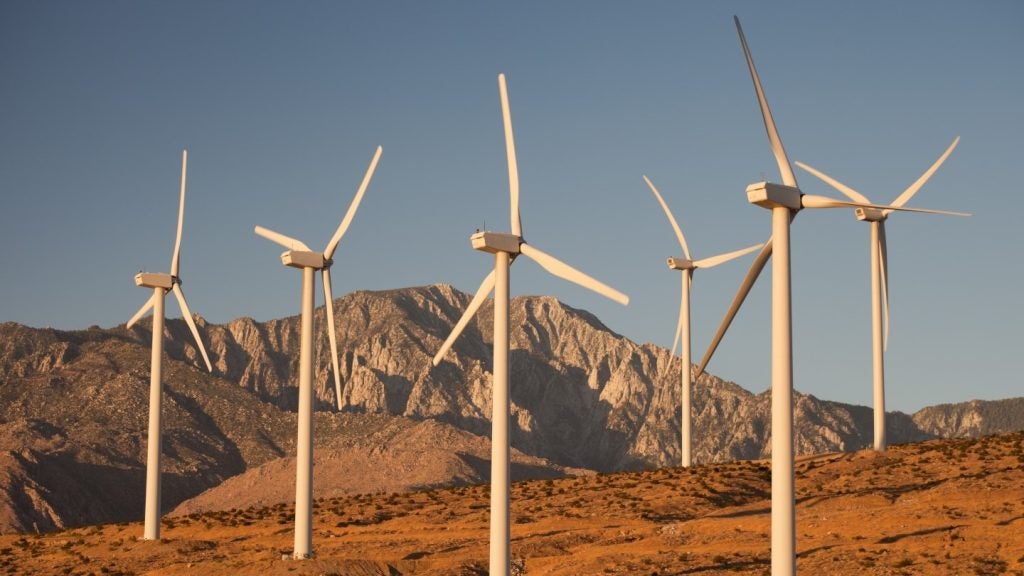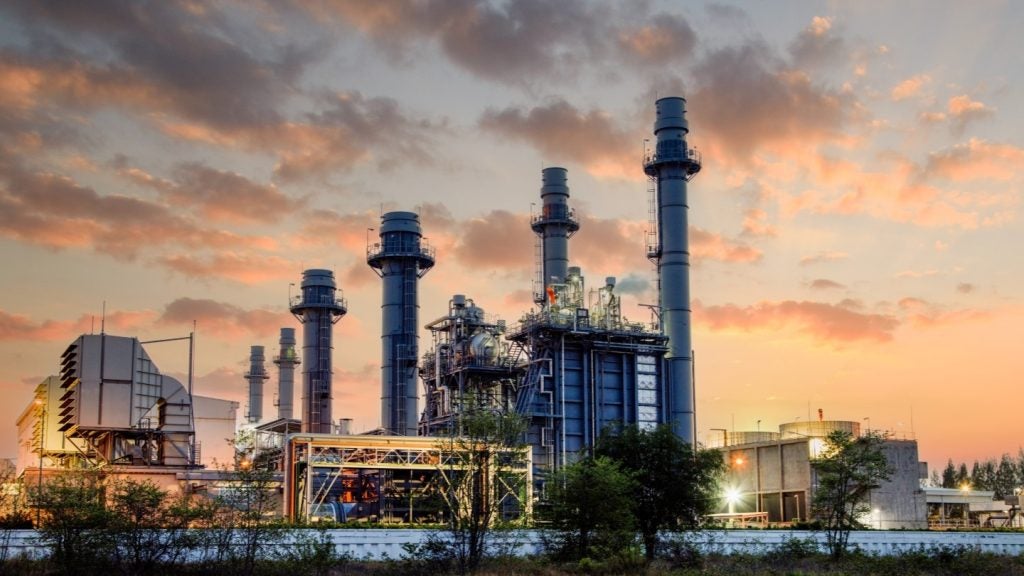Leutenberg is a 400MW hydro power project. It is planned in Thuringia, Germany. According to GlobalData, who tracks and profiles over 170,000 power plants worldwide, the project is currently at the announced stage. It will be developed in a single phase. Post completion of the construction, the project is expected to get commissioned in 2024. Buy the profile here.
Description
The project is being developed by STRABAG and WSK PULS. These companies also have ownership stakes in the project.
Leutenberg is a pumped storage project. The net head of the project will be 264m.
The hydro power project consists of 2 units of pump turbines.
Development status
Post completion of the construction, the project is expected to get commissioned in 2024.
For more details on Leutenberg, buy the profile here.
See Also:
About STRABAG
STRABAG AG (STRABAG) a subsidiary of STRABAG SE is a construction service provider. The company’s services include construction, development, engineering, management, flight operation areas construction, channel construction, road construction, sports and leisure facilities, mastic asphalt construction, environmental and building materials supplying services. It also provides railway construction, civil engineering, dam and water conservancy asphalt, design and planning, infrastructure construction, environmental technology, and project development services. STRABAG constructs and develops bridges, highways, pipelines, petrol stations, and dams. The company’s projects include Detmolder road in Bielefeld, AOK stadium, Trammplatz Hannover, Sports Facilities Wuppertal. STRABAG is headquartered in Cologne, Germany.
About WSK PULS
WSK PULS GmbH (WSK PULS) generates and supplies electricity from hydro energy source. It is headquartered in Erfurt, Germany.
Premium Insights
From

The gold standard of business intelligence.
Blending expert knowledge with cutting-edge technology, GlobalData’s unrivalled proprietary data will enable you to decode what’s happening in your market. You can make better informed decisions and gain a future-proof advantage over your competitors.






